Simple Spectrum Analyser
906 in stock
Why do we need a tracking source: the bottom noise of a normal instrument (multi-bandwidth narrowband receiver) can generally reach – 130dBm, with a few watts of white noise source – 50dbm point-frequency noise can achieve the purpose of bandwidth measurement. The bottom noise of this amateur simple spectrum (belonging to broadband receiver) has reached – 60dBm, and the dynamic logarithm ratio of bandwidth measurement needs to reach at least 60dB, so it must be matched. Tracking source, after all, the point frequency of tracking output is above 0 dbm.
Our products are divided into two categories according to their actual uses:
1. The sweeper with DDS as the core and the LC panel are used to measure the high frequency parameters of LC by sweeping line, including the high frequency dielectric loss of capacitor, Q value of inductance and parasitic capacitance, Q value of LC loop, inductance and capacitance, and the medium frequency path with the highest working frequency of tens of mhz.
2. Simple spectrum with T.G. and Bridge Based on PLL is also used to measure S21 (dB) of AC path by sweeping frequency line, and to measure the general situation of S11 (main antenna) of circuit network port by bridge, aiming at the high frequency channel with working frequency over tens of mhz.
For the enthusiasts who like to do things, the frequency sweeper is simple to make, the frequency of the sweeper is very high, it is the working machine, after all, the selection of intermediate frequency materials is very critical.
The relationship between high frequency S parameters and circular graphs is briefly introduced. There are three expressions of S parameters in network transmission, i.e. power ratio (dB) of port input and output, magnitude ratio (Mag) of port incident wave and reflection wave, and phase difference (Ang) of port incident wave and reflection wave. These are basic analysis parameters. Circle diagrams are derived from S parameters. The reflection coefficients and phases of standing wave ratio (VSWR) are obtained. They can be interchanged by manual calculation and software simulation. For example, the S11 parameter is actually the reflection coefficients of input ports, while the standing wave ratio is the reflection coefficients of input ports.Another expression of reflection coefficient.
In a word, all high frequency parameters are functions of frequency and are expressed in the form of geometric curves.Radio frequency instrumentation usually detects the influence of the measured circuit on the amplitude and phase of electromagnetic wave by using the continuous variation of the frequency of electromagnetic wave. This is different from the way that electricians deal with zero-frequency DC or fixed low-frequency only need “point scalar” to understand the working state of the circuit, which can not be simply applied metaphysically.



JTGP-1033Simple Spectrum (with Trace Generator), Simple Signal Source V2.02 Edition
Attribute: RF Frequency Domain Analysis Tool
Interface: USB
Power supply: USB
Standby Current: <100mA
Sweep current: <350mA
Sweep bandwidth:33 MHz – 4400 MHz
Open Tracking Source Output Bandwidth 33 MHz – 3000MHz
Sweep stepping: > or33-68.75 mHz/125 Hz, 68.75-137.5 mHz/250 Hz, 137.5-275 mHz/500 Hz, 275-550 mHz/1 kHz
550-1100mHz/2kHz, 1100-2200mHz/4kHz, 2200-4400mHz/8kHz,
Sweep Speed: > Frequency Sweep Speed800spot/second
Sweep Dynamic Logarithmic Ratio: > 50dB
Point or sweep output power:0 dBm
Input detection: <10 dBm
Background:-60dBm
Computer side software: NWT4.11.09Edition
Computer operating system: WinXP, Win732, Win764(Some of the installations of Win10 can be used and some can’t. The reason has not been found yet. It’s amazing.)
- Purpose: RF circuit Two-port network Frequency and amplitude characteristics analysis is the basis of R&D, debugging and maintenance of RF circuits. The spectrometer is commonly known as a radiofrequency multimeter.
- Applicable: Radio enthusiasts, young students
- Core components: STM32F103 single-chip computer, as a result of the built-in can 2.0 controller has become the most familiar single-chip computer for hardware engineers. Hardware is written in C MDK, the official standard language of Hardware Country, which is convenient for communication.
- Adf4351, the traditional VCO + PLL + 6 series high-speed bistable circuits (except 2 circuits, D trigger). 35-2200 MHz is obtained by frequency division. After shaping, the fundamental wave amplitude does not change much, which is difficult to achieve in full bandwidth for high-frequency DDS. (After the signal is divided into frequencies, it must be a rectangular wave, and the amplitude will change to trigger level)
- Often playing with VCO, we have the experience that the frequency output varies greatly with the amplitude of the fundamental wave. It is impossible to use the original oscillator directly as the “source” of measurement. The output fundamental wave amplitude must be stabilized as ADF4351 does.
- IAM81008, mixer chip RF up to 5 GHz mixer chip, mixer below 50 MHz 8-foot 6-foot series capacitor to GND optimization. LO local oscillator input must be greater than – 5 dbm, in addition, IAM81008 power supply electrode must be strictly stable more than 4.85 v. I use the home-made ps3120 for its power supply.
- AD8307, Logarithmic Detector Amplifier, Used for Power Measurement, Key Components.
- Ch340g, homemade USB to TTL chip, good driver. Generally, STM32F103 is not driven by USB, which reduces the cost of interruption system of a single-chip microprocessor, although the performance of this single-chip microprocessor exceeds the USB of its own. Ch340g performance-price ratio is very high.
- In the information age, the mature circuit application principles of these chips can be obtained freely and conveniently on the internet. Radio enthusiasts are encouraged to use their hands and brains to make this simple and simple radio measurement tool, so as to improve their knowledge level and understanding depth.
- Working Principle: Physically, no oscillator will produce only “fundamental wave”. There will always be overtones (homogeneous harmonic, even harmonic and inter-wave). It is sometimes difficult to filter overtones directly. After mixing the measured signal with the local oscillator, a lot of combined differential frequencies will be obtained. Among them, the difference frequencies between the fundamental wave of the local oscillator and the measured signal are the lowest and the amplitude is the largest, and the low-pass filter or the low-pass filter is used. The band-pass filter (RBW) only detects the difference frequency and sends it to the logarithmic amplifier at the later stage to get the frequency and amplitude of the measured signal. The key point is that the fundamental wave amplitude of the local oscillator does not change much at different frequencies, the overtone is not used, because mixing will be “filtered out” by low pass (RBW).
- Similarly, the fundamental frequency difference between the tracking source oscillator and the local oscillator is always 120 khz. We can always observe the amplitude change of the 120 kHz difference frequency. This is the principle of differential frequency scanning.
You must be logged in to post a review.
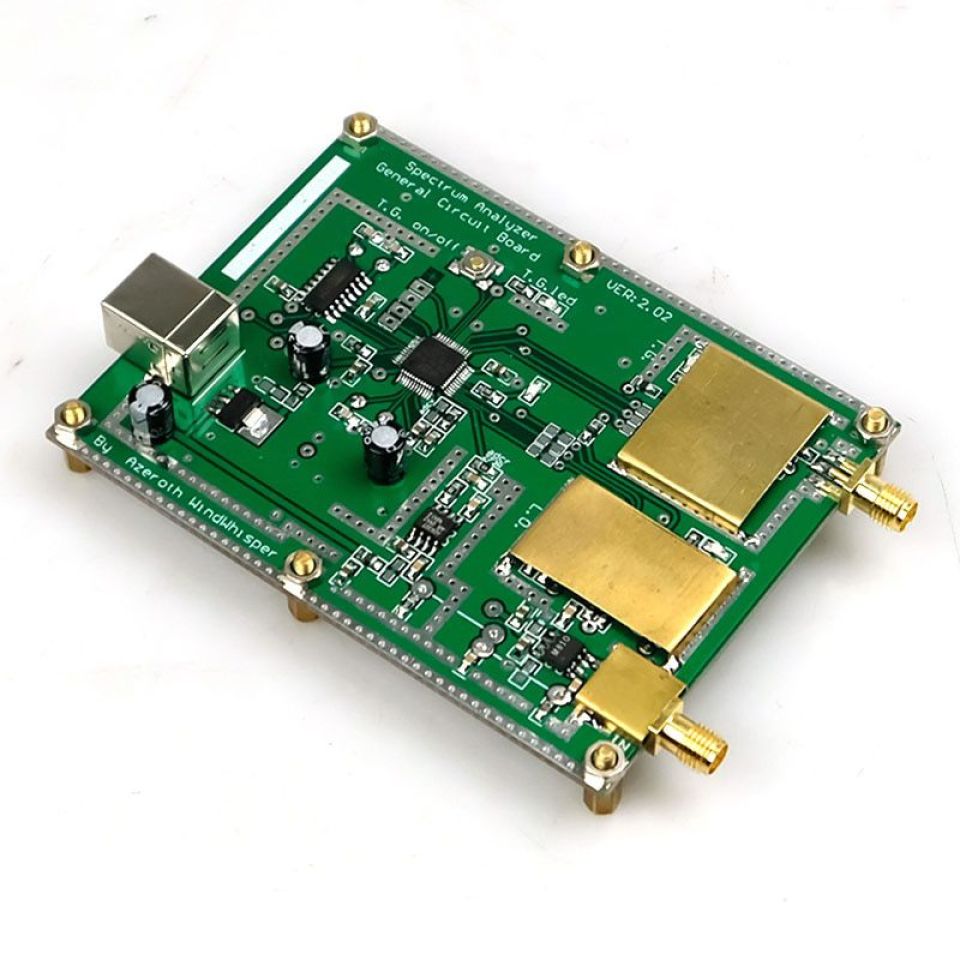
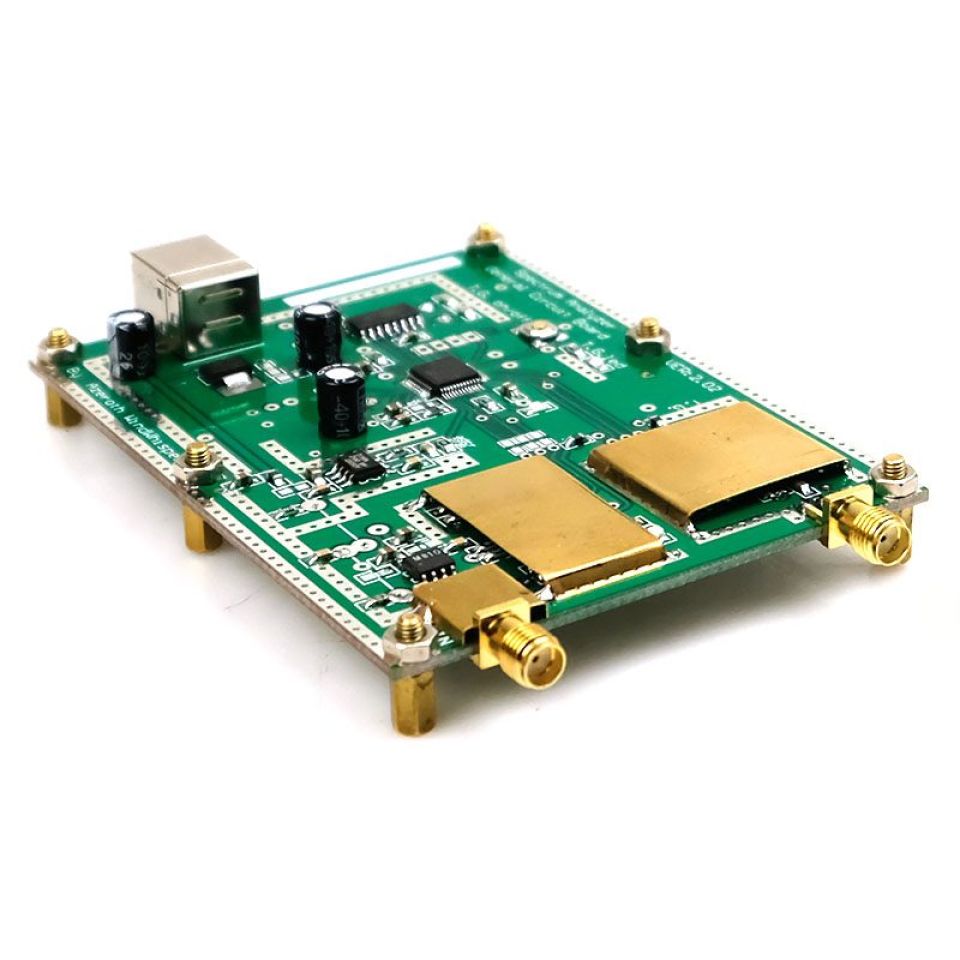
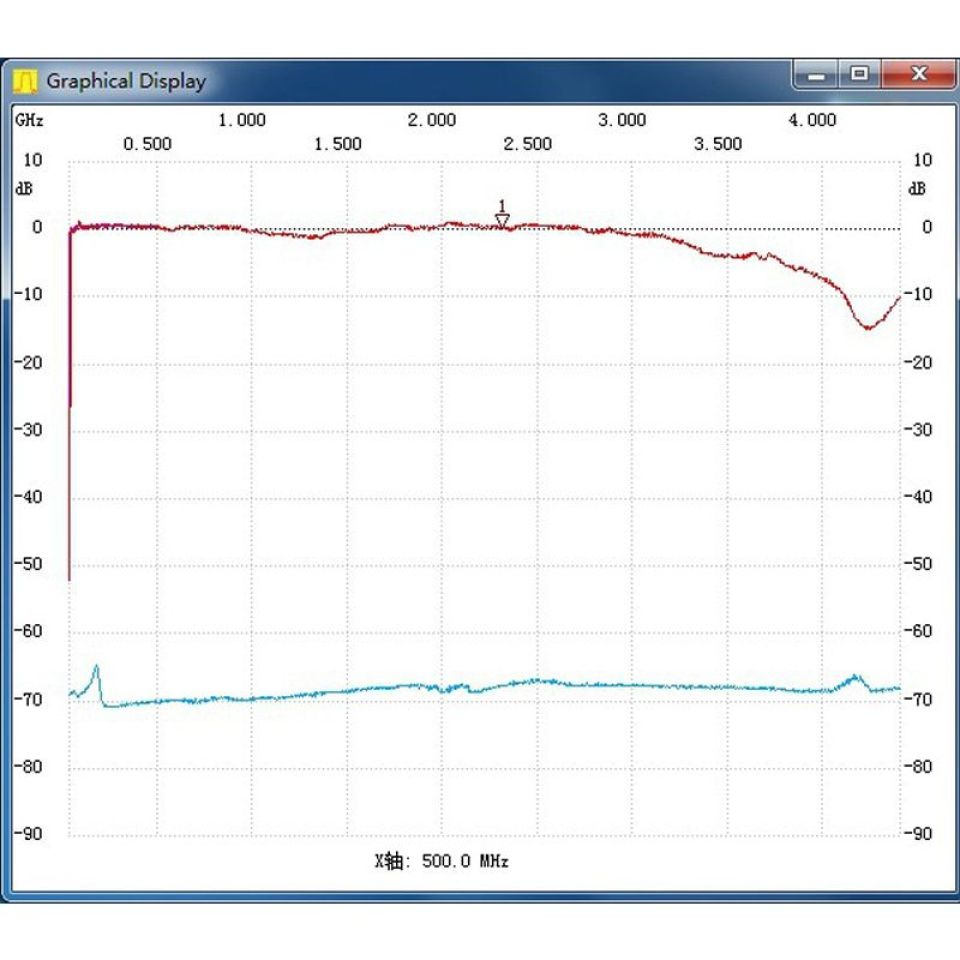
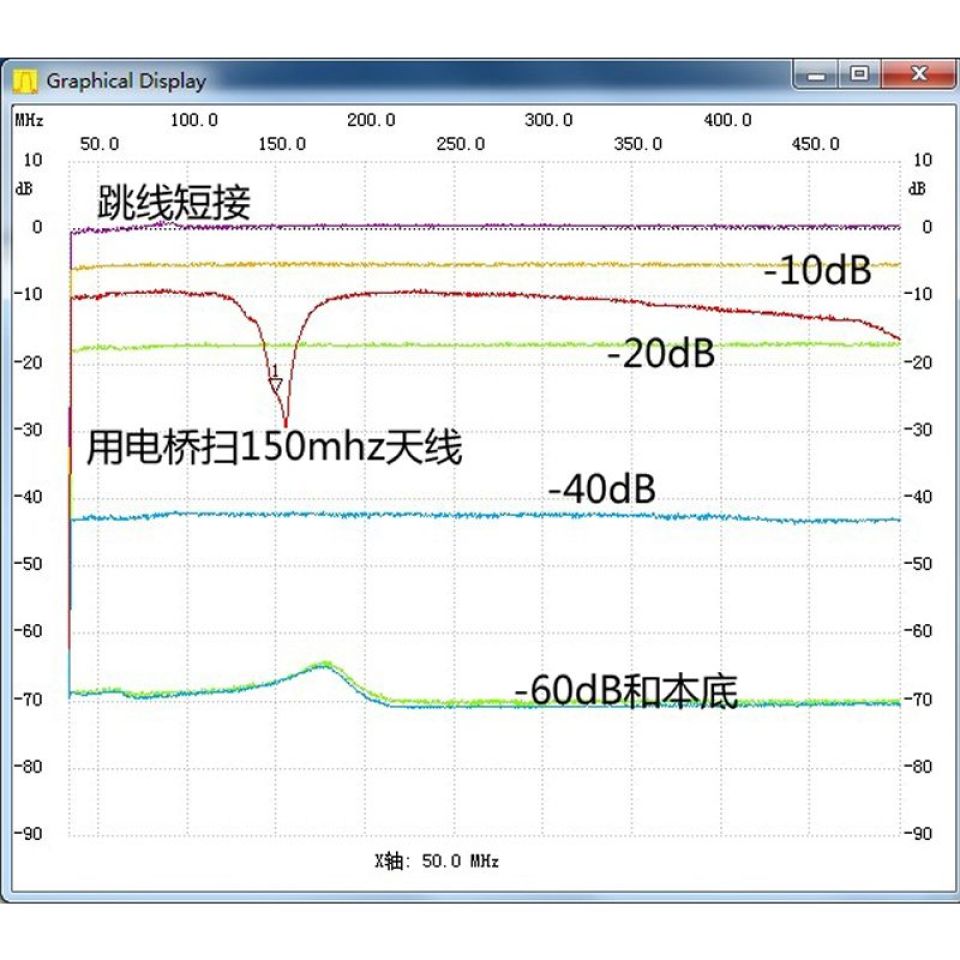
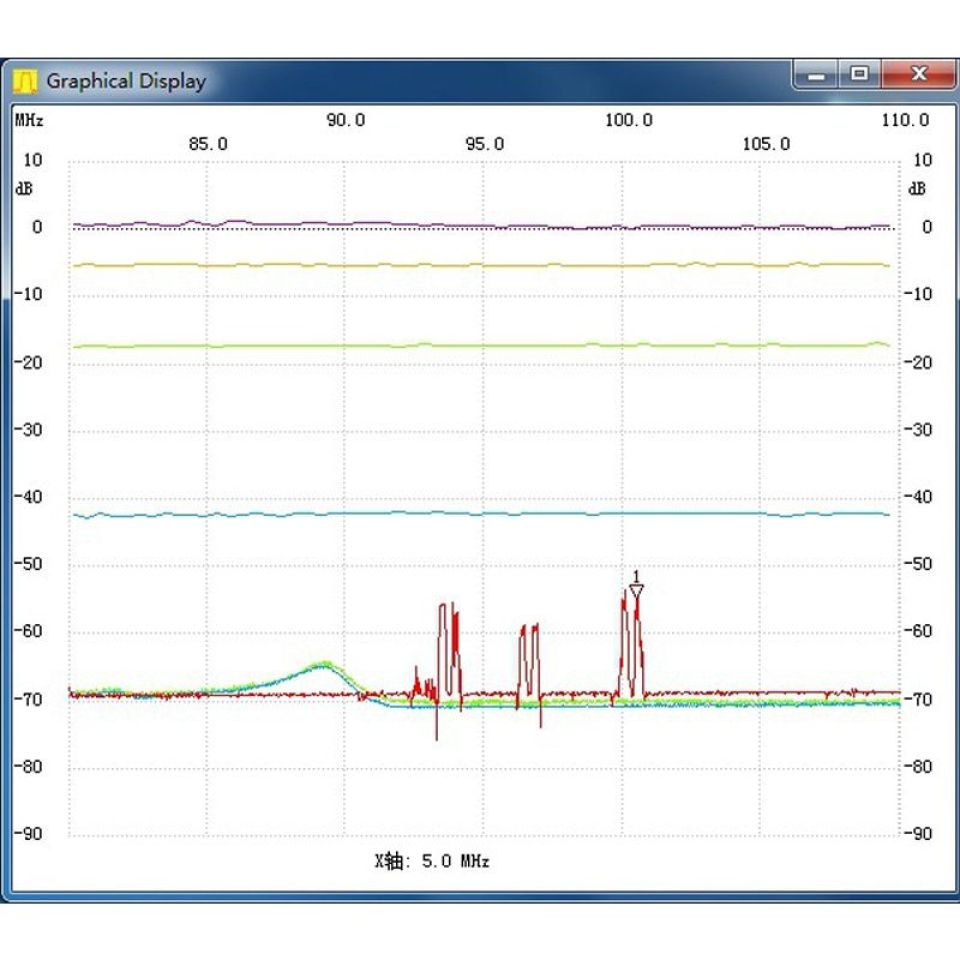
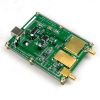
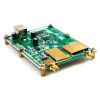
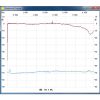
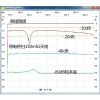
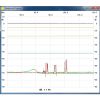
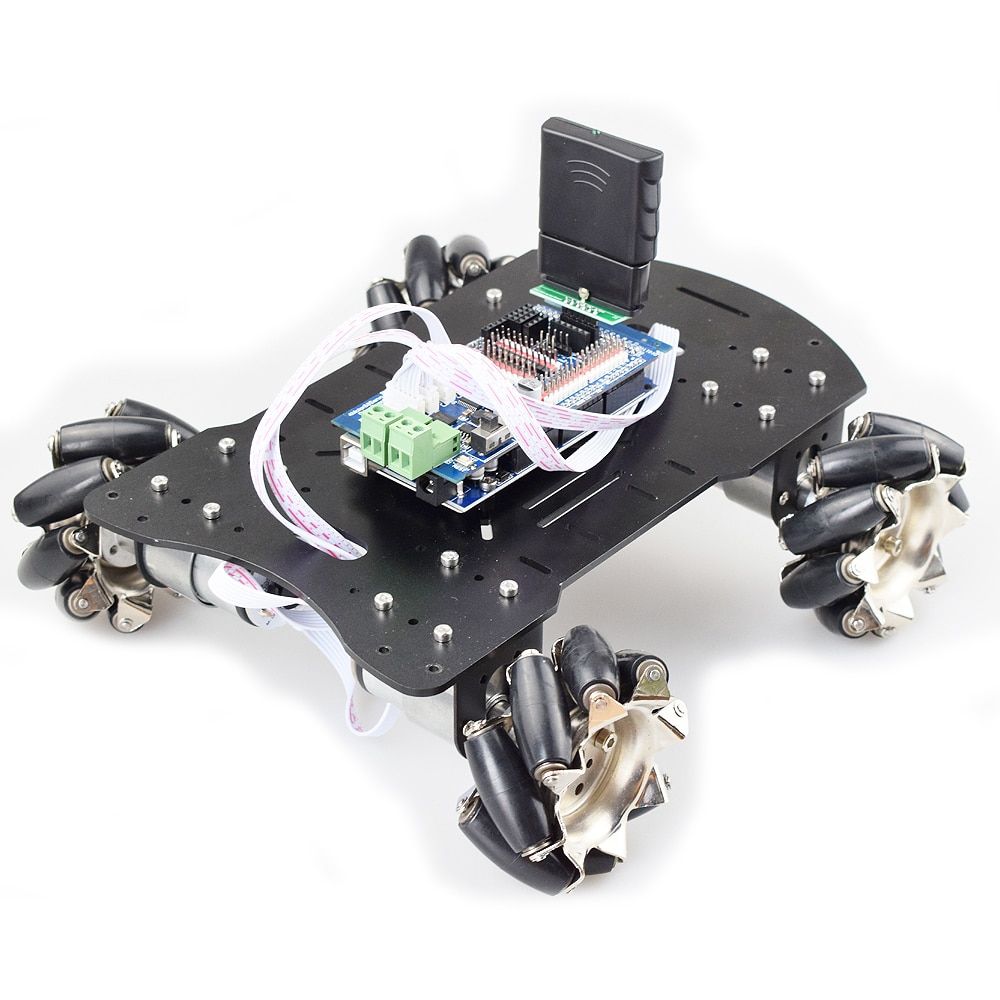
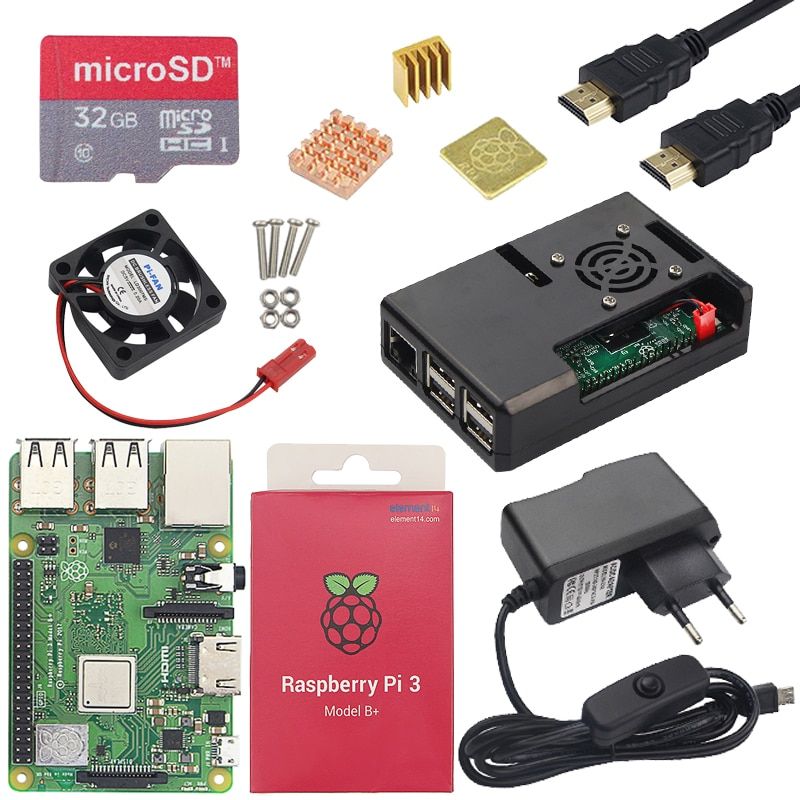
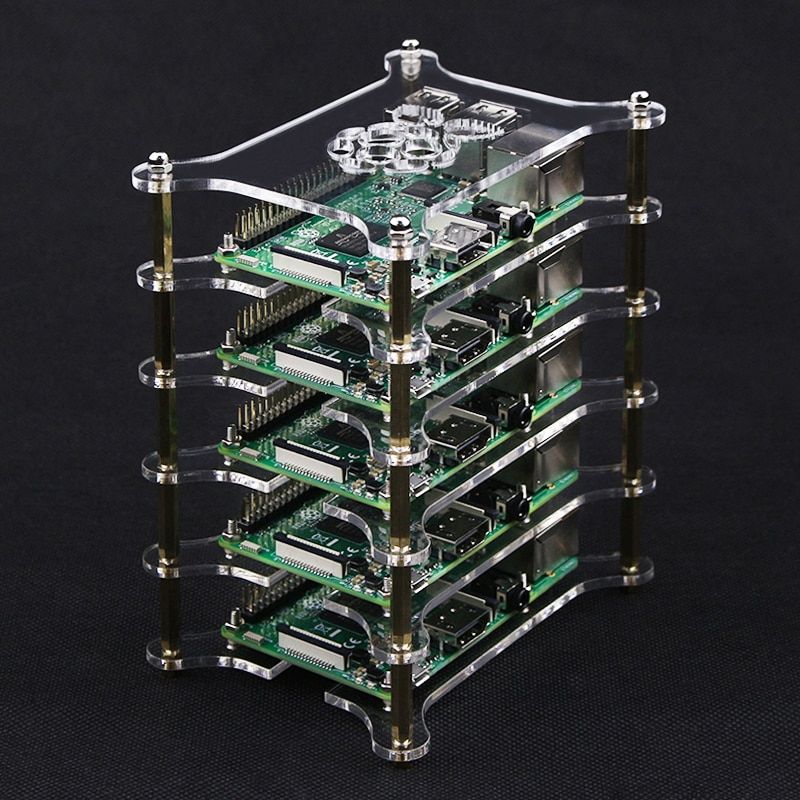
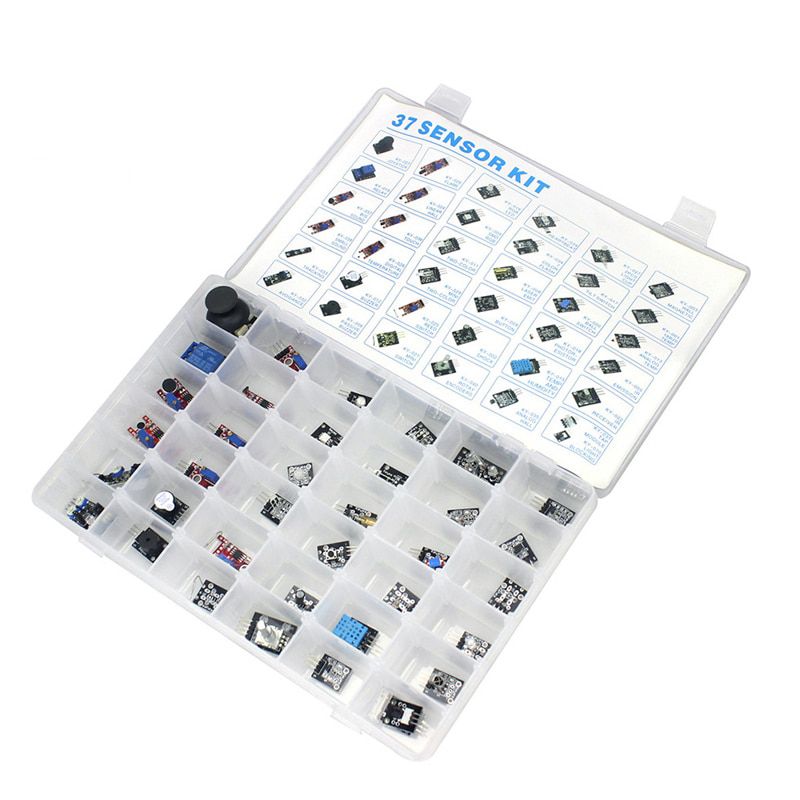
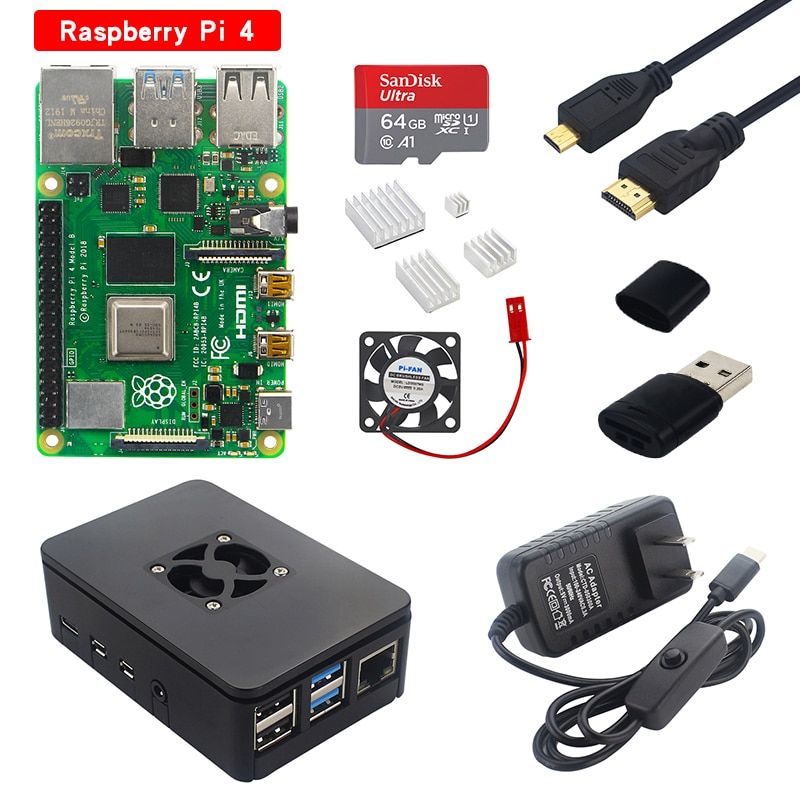
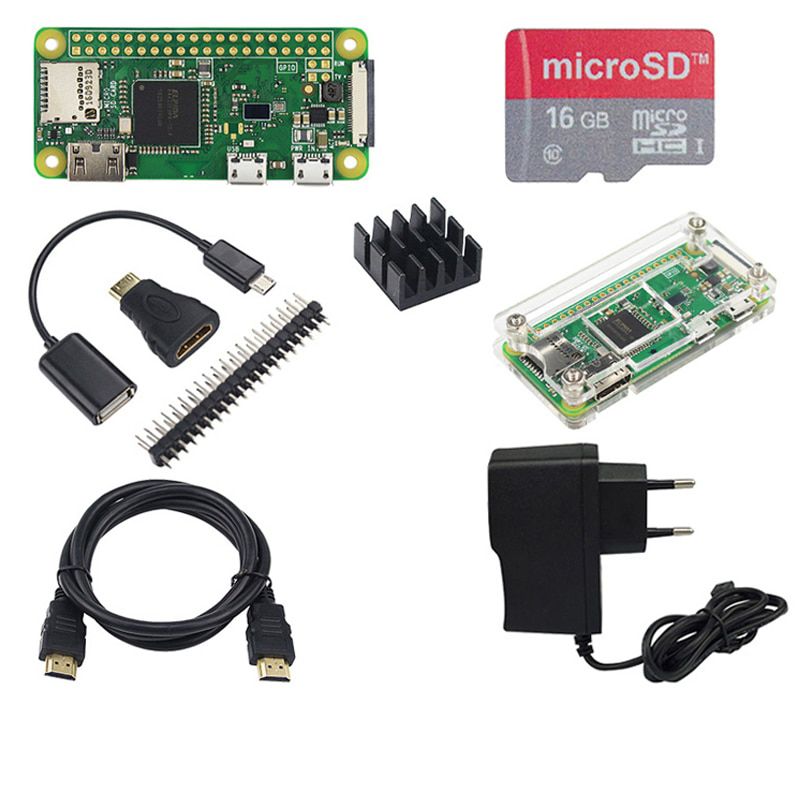
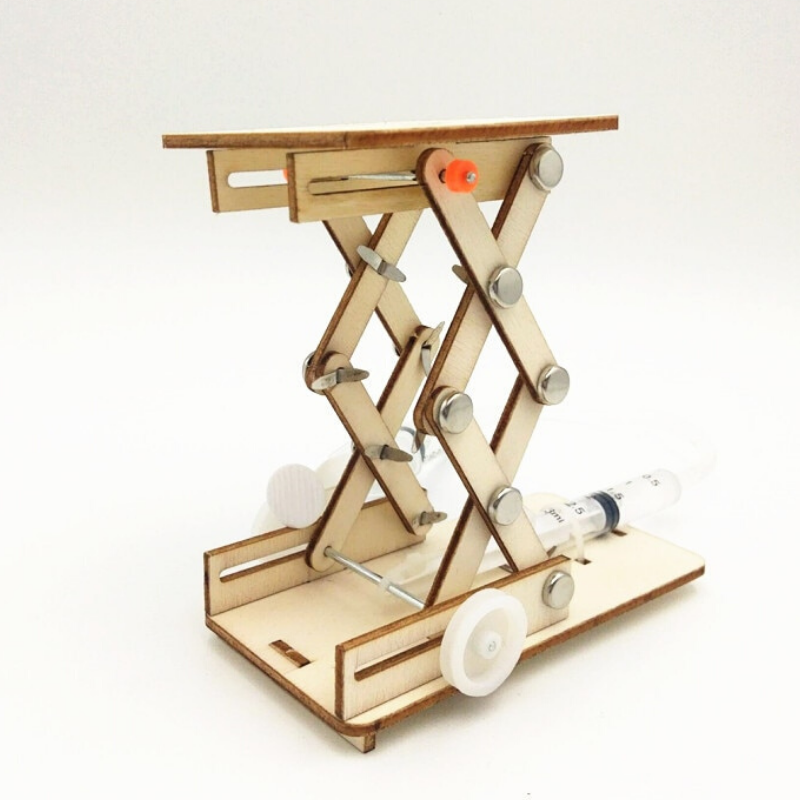
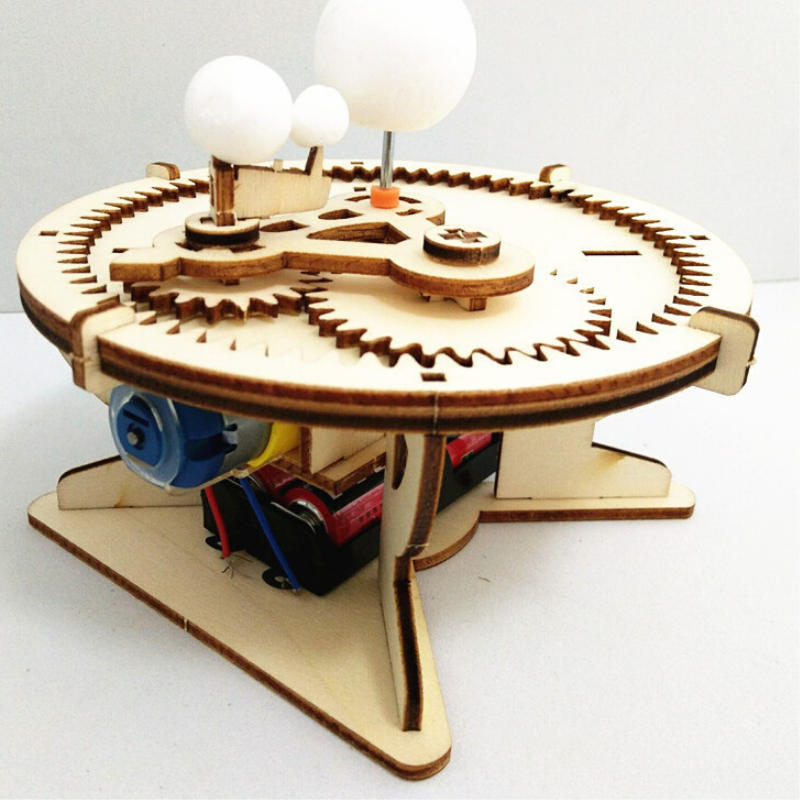
Reviews
There are no reviews yet.